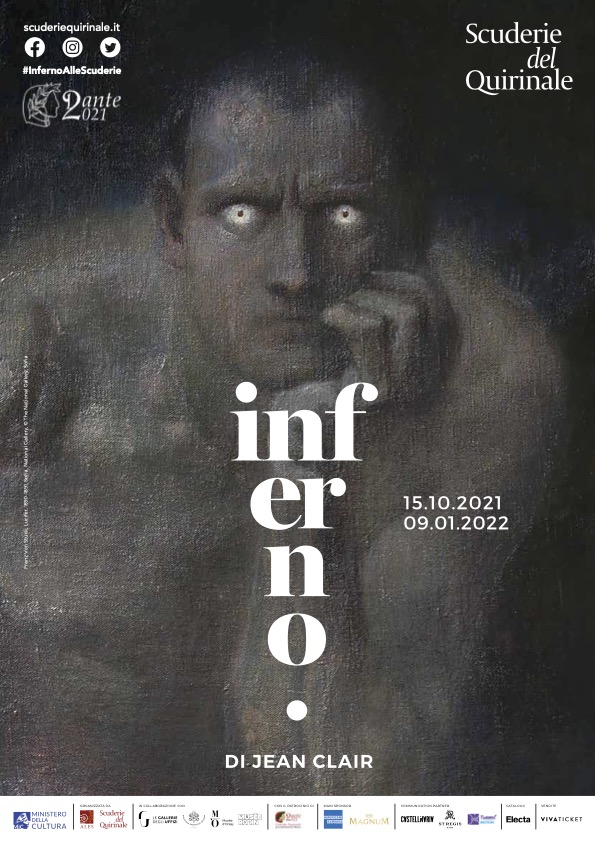Dante’s Inferno. The pictorial challenge
William Bouguereau Dante et Virgile, 1850 Paris, Musée d’Orsay
In the nineteenth century, completely in line with the taste of the Romantic age, the interpretations of both the characters’ stories and of the episodes of Dante's journey flourished, sometimes extrapolated from the context, and blocked in the highly emotional snapshot of a painting or a sculpture.
Thus, to name one of the most famous examples, in the oil painting The Barque of Dante, Eugène Delacroix was able to transform the episode of Dante meeting Filippo Argenti, narrated in the eighth canto of the Inferno, into an icon of the dramatic and emotionally suffered inner conflict between reason and passions. This canvas, first presented at the Paris’ Salon des Beaux Arts in 1822, has been copied endlessly. On display you will find Edouard Manet's version, composed between 1854 and 1858.
Among the other paintings not to be missed, here, Dante and Virgil by William Bouguereau, from 1850. Depicting an episode from the thirtieth canto of the Inferno, Bouguereau exalts the bestial violence with which Gianni Schicchi maules the alchemist Capocchio. Dante and Virgil are portrayed in absorbed contemplation against a reddish background inhabited by devils and the damned. Here too, it should be noted that this canvas says nothing about the story and the fault of the damned on stage. In the foreground only Gianni Schicchi emerges, who has become a timeless icon of madness.



